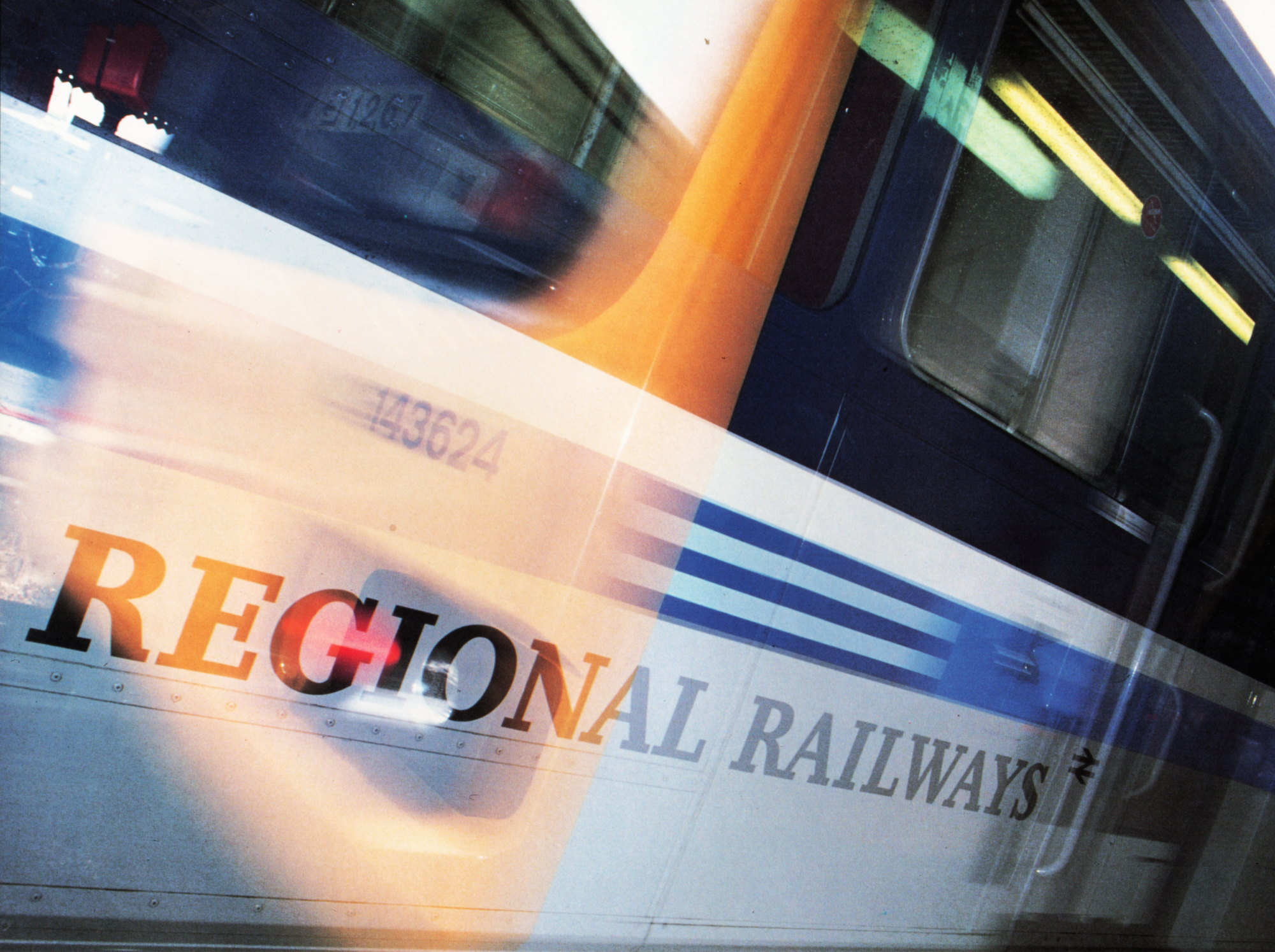
- Liveries
- External markings
- Interiors
- Design details
- Signs and notices

The livery of Regional Railways has been developed from that of Provincial. The existing livery is a good one and we are taking it one step further by enriching the colours and introducing a number of small but important refinements, such as the addition of the logotype to show who the operator is. Vehicles will be painted in the new livery only when due for repainting. Even so we shall achieve a consistent appearance in a relatively short time, without an enormous expenditure, simply because of the similarity between the current and the new liveries.
The livery designed specifically for the Class 158 vehicles will remain as it is. in other words as agreed before the Regional Railways identity strategy was developed.
The Passenger Transport Executives (PTEs) have developed, and promoted, very strong identities of their own over the years and won a high degree of recognition. While the new corporate identity makes it clear that Regional Railways takes responsibility for the operation of the service, the PTEs keep their individuality by applying the linear design of the new corporate identity in their own corporate colours. The livery for Centro (West Midlands PTE) rolling stock shows how well this works.
From the point of view of the customer, the interior is even more important than the exterior. It must be clean, comfortable and well-appointed with fixtures and fittings that are fit for the job and in good working order. The specially designed moquette (the cloth used to upholster the seating) is called ‘Spot’. It is based on the house colours so that the interior and the exterior create a harmonious whole. The same design could be applied to PTE rolling stock, using their own colours.
When the customers are aboard the train, it is important to provide them with useful information, such as a network map. Standard frames can be fitted to each carriage and local management can control what goes in them. The frames can also be used to house emotive posters illustrating interesting places within easy reach of the rail network. This is a good way of adding visual interest to the interior.












